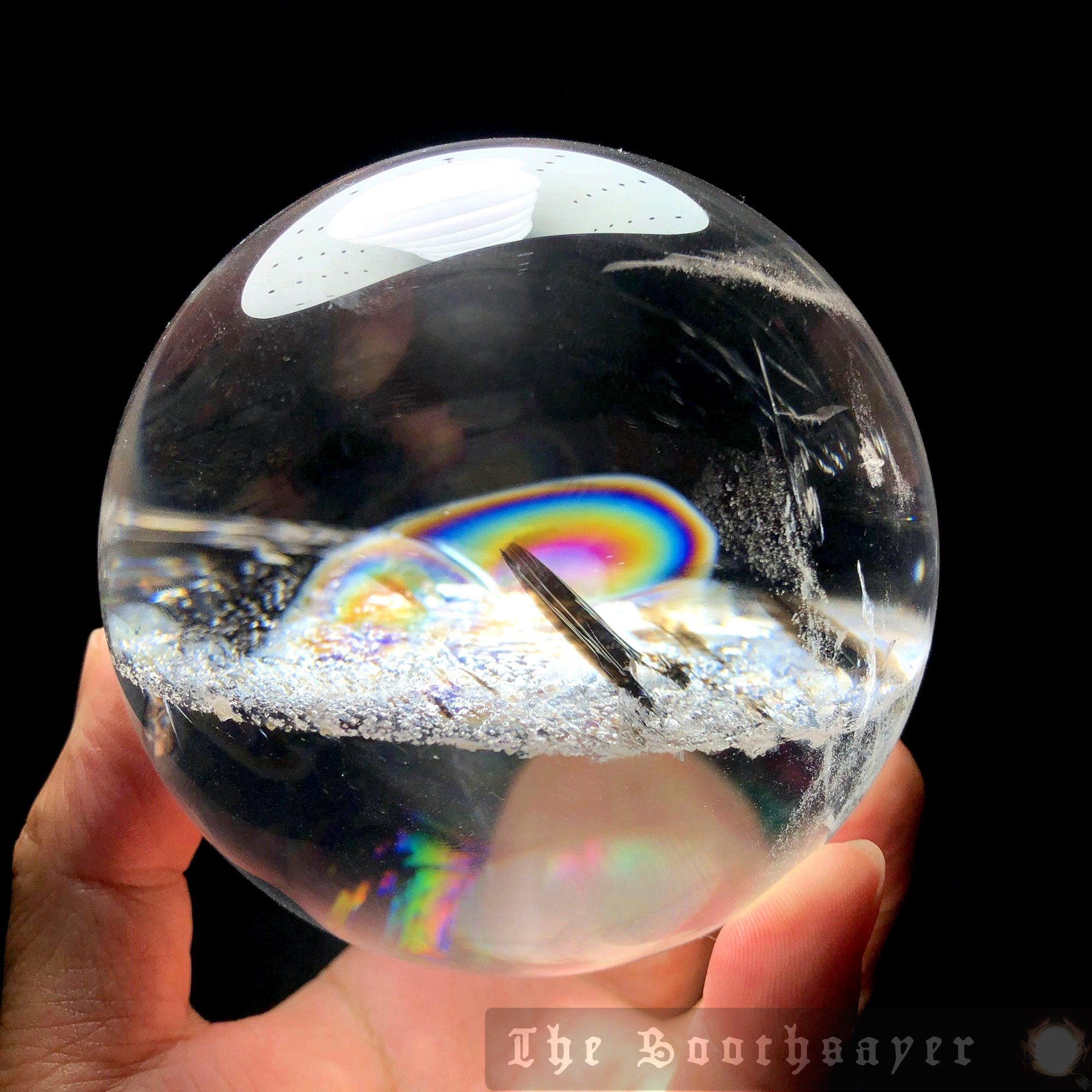Researchers at the California Institute of Technology and Princeton University have discovered that bacterial cells in polymer solutions, such as mucus, form long cable-like structures that buckle and twist on each other, creating a “living gel.” This finding could lead to new treatments for bacterial infections in patients with cystic fibrosis and help scientists understand…
insights on The Soothsayer
A massive impact 3.8 billion years ago created two gargantuan canyons on the moon’s surface, carving out a dramatic landscape. Researchers have now analyzed the physics behind their formation, revealing a swift and explosive event that sent rocks plunging into the lunar surface. This discovery opens up new opportunities for scientists to study the moon’s…
A team of international researchers has made a groundbreaking discovery near a supermassive black hole, detecting significant X-ray oscillations that could indicate the presence of a nearby stellar-mass orbiter, such as a white dwarf. The team, led by the Massachusetts Institute of Technology (MIT), observed the extreme supermassive black hole 1ES 1927+654, which brightened by…
Researchers have discovered that the ink of the common cuttlefish contains a compound called melanin that strongly sticks to sharks’ smell sensors, potentially warning them to stay away. This finding suggests that the cuttlefish’s ink has evolved to exploit sharks’ keen sense of smell, which is limited to a narrow range of scents. The study’s…
A recent study of asteroid dirt brought back to Earth by NASA’s OSIRIS-REx mission has revealed the presence of amino acids, nucleobases, and brines that could have facilitated the formation of organic molecules. This finding bolsters the hypothesis that asteroids like Bennu could have delivered the raw ingredients to Earth prior to the emergence of…
Scientists at the Massachusetts Institute of Technology (MIT) have made a significant breakthrough in understanding the origins of fast radio bursts (FRBs). By analyzing the FRB 20221022A, they have found evidence that at least one of these cosmic phenomena originated from a region very close to the object that emitted it, challenging existing models of…
Scientists have finally solved the mystery of a giant pterosaur fossil found in Germany, which was initially thought to be a distinct species. After conducting a detailed analysis, researchers concluded that the fossil is actually a larger version of the Rhamphorhynchus species, which lived during the Jurassic Period. The study reveals how pterosaurs may have…
Astronomers have discovered a mysterious cosmic flash, dubbed the Platypus, which may link two types of cosmic flares and offer a new way to understand the origins of supermassive black holes. The event, observed in a dwarf galaxy 6.5 billion light-years from Earth, has characteristics of both tidal disruption events and luminous fast-blue optical transients….
Mathematicians have long relied on calculus to understand the world around us, but a groundbreaking discovery by Karl Weierstrass in 1872 shook the foundations of the subject. Weierstrass’ “monster function” revealed that continuity does not imply differentiability, forcing mathematicians to re-examine their understanding of calculus. This breakthrough has far-reaching implications for fields such as physics,…
Astronomers have discovered that stars in the thick disk of the Milky Way galaxy have fewer planets than those in the thin disk. Researchers believe that the intense radiation from the galaxy’s chaotic past may have destroyed planet-forming disks around older stars, hindering their ability to grow and retain planets. This finding sheds new light…










